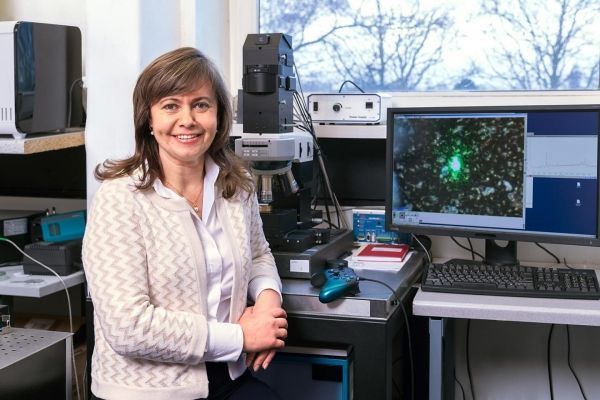After early reports of microplastic pollution in our oceans and beaches sounded the alarm, the global scientific community intensified its focus into this area. Researchers have since found evidence of microplastic contamination seemingly everywhere – also in lakes and rivers, beverages and food supplies. Dr. Natalia Ivleva, a researcher with the Technical University of Munich (TUM), has developed new analytical methods for the identification and quantification of microplastic. In this interview, she shares her latest findings.
What exactly is microplastic?
According to current definitions, microplastic is any piece of plastic measuring five millimeters in size down to one micrometer, that is one-thousandth of a millimeter. Plastic particles that are smaller – from one micrometer down to 100 nanometers – are defined as sub-microplastic. Particles below 100 nm are called nanoplastic. Studies show, that most of the plastic particles possess sizes in lower micrometer range.
Both microplastics and nanoplastics are usually formed by the breakdown of larger pieces of plastic – for example, from shopping bags to the wear and tear on a car’s tires or when we wash an article of microfiber clothing. And since some manufacturers are still adding microplastics to personal care products like toothpaste and scrubs – they are a source of microplastic pollution, too.
Read more at Technical University of Munich (TUM)
Image: Dr. Natalia Ivleva, a group leader at the Institute for Hydrochemistry (IWC) at the Technical University of Munich (TUM), has developed new analytical methods based on Raman microscopy for the identification and quantification of microplastic. (Credit: Uli Benz/TUM)


